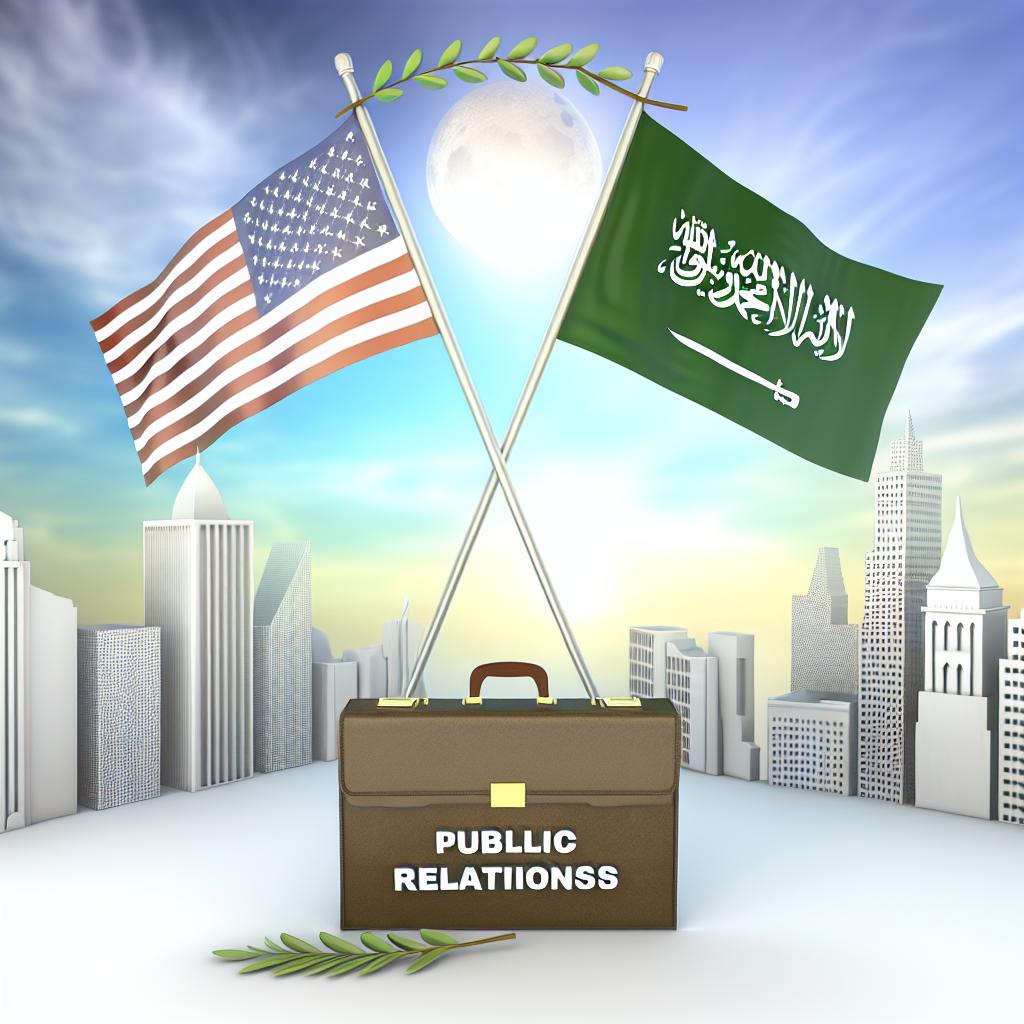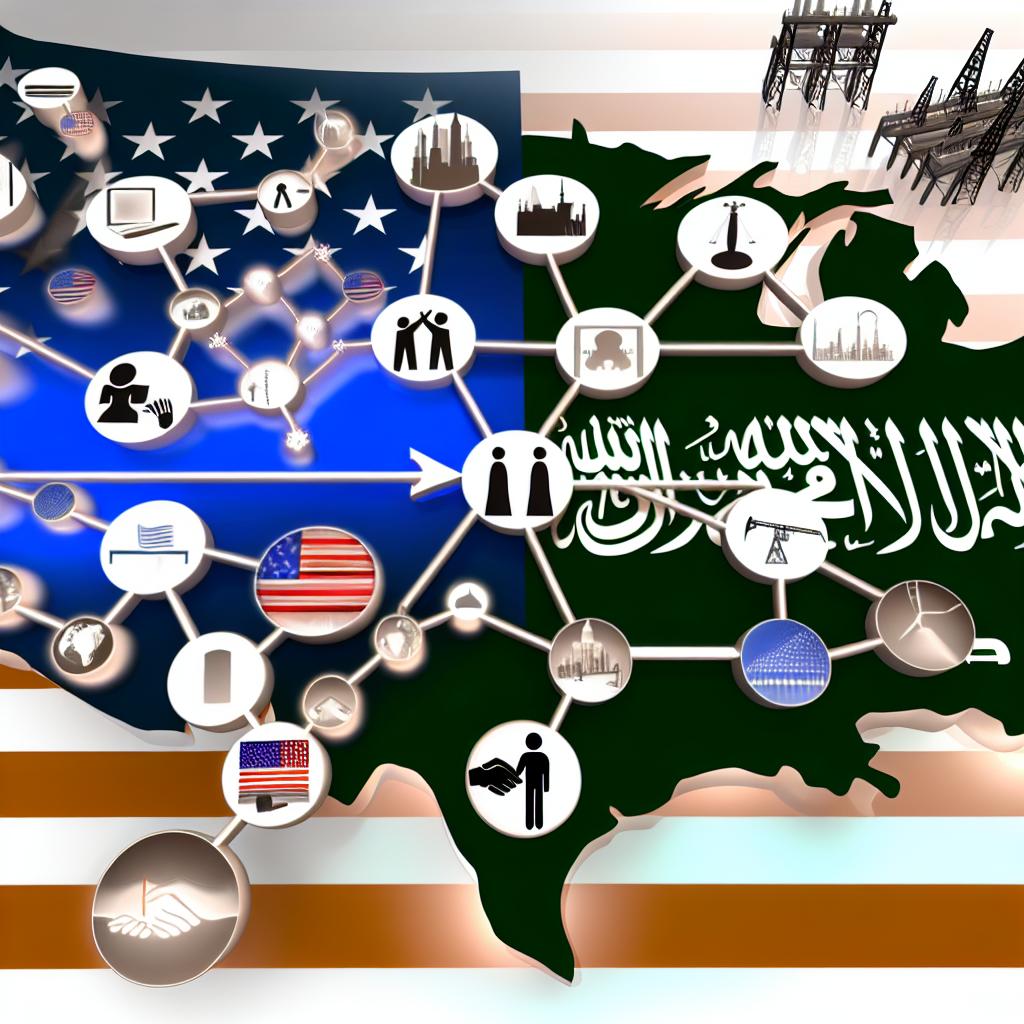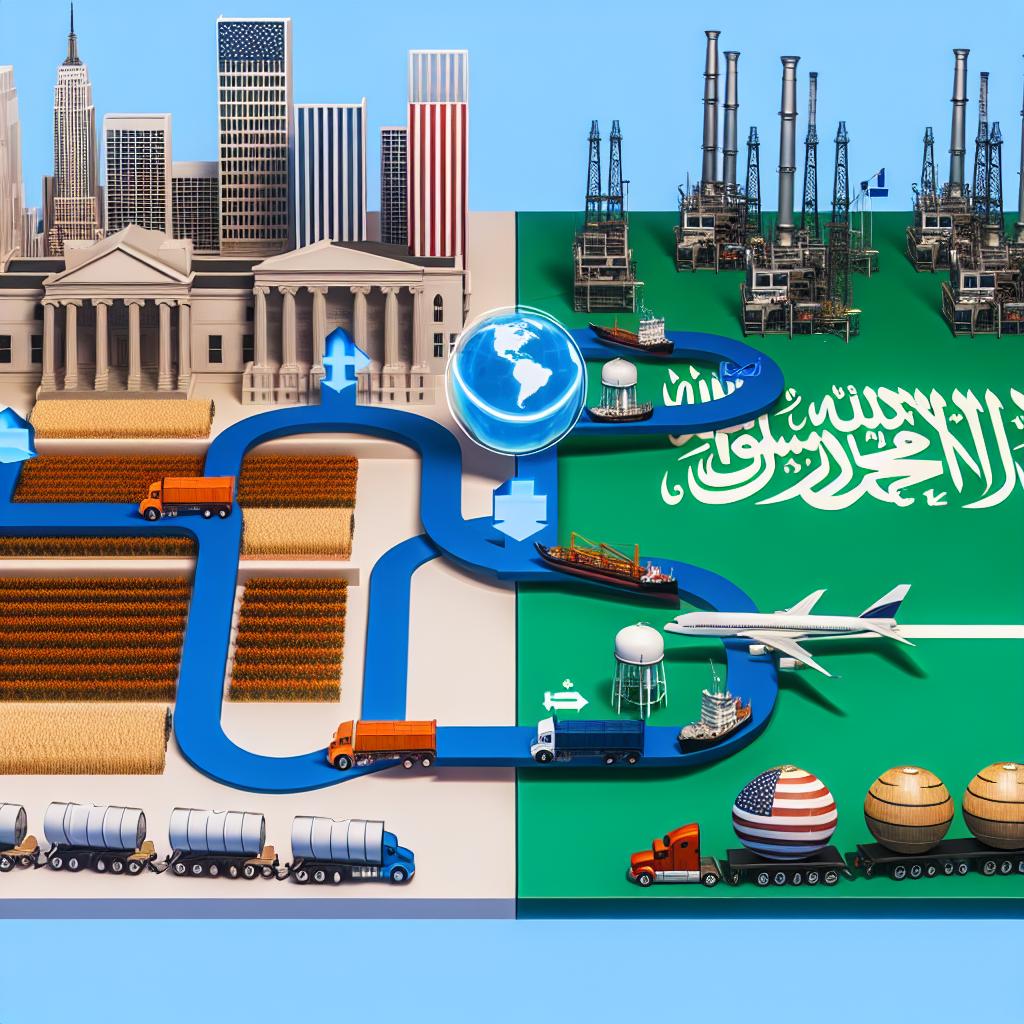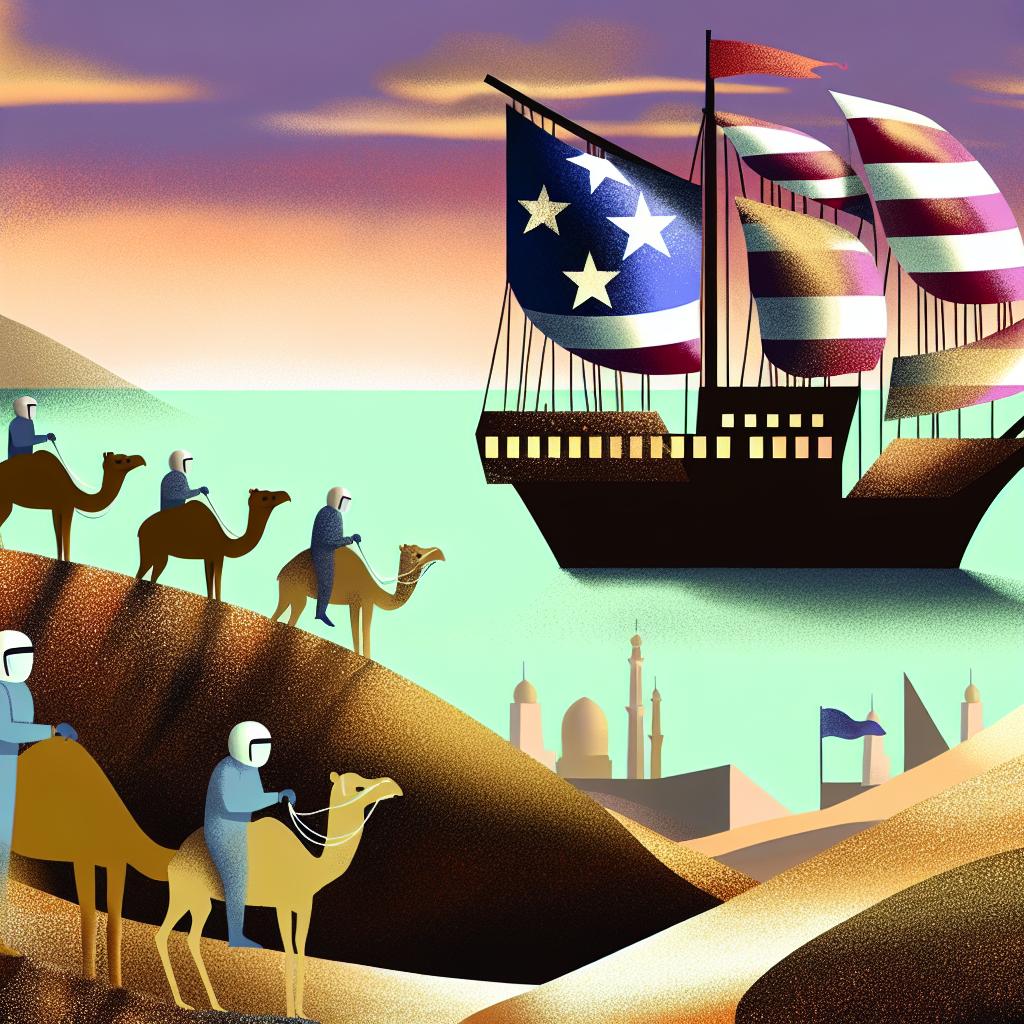The Historical Context of US-Saudi Relations
The relationship between the United States and Saudi Arabia has its roots deeply embedded in the history that dates back to the 1930s. During this period, diplomatic ties were first established, primarily pivoting around the kingdom’s vast oil reserves and the burgeoning energy demands of the United States. Over the decades, this connection, initially based on economic interests, particularly oil, has expanded to include a diverse set of strategic interests. To fully grasp the significance of this alliance, it is essential to understand the historical context that has shaped these relations. Recognizing this background is crucial to appreciating the pivotal role that public relations (PR) play in maintaining and strengthening the ongoing bilateral ties between the two countries.
The Importance of Strategic Communication
In modern diplomatic affairs, strategic communication has ascended as an indispensable tool for fostering international relationships. For the United States and Saudi Arabia, PR agencies and communication experts are pivotal in enhancing mutual understanding and correcting widespread misconceptions that can arise within international platforms. Strategic communication encompasses a variety of efforts, including media campaigns, international conferences, and exchange programs. These initiatives are carefully designed to emphasize areas of common interest such as counter-terrorism efforts, economic partnerships, and cultural exchanges, which in turn promote a more cohesive partnership between the two nations.
Public Relations Strategies Employed
Public relations strategies employed in enhancing US-Saudi relationships are varied and multifaceted, addressing a broad spectrum of societal and cultural nexuses.
Cultural Diplomacy: Cultural diplomacy plays a significant role in promoting mutual cultural understanding between the United States and Saudi Arabia. This strategy involves initiatives such as art exhibitions, academic collaborations, and social media campaigns that highlight shared values and historical ties. By showcasing cultural similarities and fostering educational exchanges, both nations can develop a stronger bond, fostering understanding at the grassroots level.
Media Engagement: Involving international media engagement is another vital aspect of the PR strategy. Through media engagement, both nations strive to project a positive image of their policies and collaborative efforts on global issues. Media serves as the primary tool to combat negative stereotypes and misinformation, by producing well-rounded narratives that express objectives and achievements.
Thought Leadership: Both nations partake in thought leadership by hosting and participating in international forums and seminars. These activities encourage the exchange of progressive ideas and showcase the two countries as leaders in various sectors, including technology, education, and renewable energy. By positioning themselves as thought leaders, the US and Saudi Arabia can spearhead discussions that underline their commitment to global advancements and innovation.
Challenges in Public Perception
Despite the dedicated PR efforts, challenges in public perception persist. Differing political systems and human rights issues often attract international scrutiny and criticism, which can sway public perception negatively. Events that underscore these differences necessitate skilled PR interventions to focus on fostering constructive dialogue and understanding. The ability to address contentious issues through open communication and transparency is vital in mitigating the adverse effects that these challenges present.
The Role of Digital Communication
As we advance into the digital age, online platforms have revolutionized the way PR campaigns are conducted, presenting new opportunities and challenges. Social media channels and digital news outlets have become indispensable tools for reaching global audiences. These platforms facilitate real-time communication and engagement, making it significantly easier to disseminate information and gain feedback from the public. By effectively leveraging digital tools, PR agencies strive to create narratives that foster cooperation and capitalize on the positive aspects of the US-Saudi relationship. This real-time engagement provides a dynamic medium for ongoing discourse, where public opinion can be monitored and responded to promptly.
As digital communication continues to evolve, the role it plays in shaping public perception becomes ever more critical. The ease with which information can be shared and accessed means that any developments in the bilateral relationship can be communicated rapidly, ensuring that both nations remain aligned in their messaging and expectations.
In conclusion, the role of public relations in strengthening US-Saudi ties encompasses various dimensions—historical, cultural, and political. It is an intricate process that aims to enhance mutual interests and cooperation continually. While challenges exist, the ongoing use of strategic communication and real-time engagement through digital platforms presents vast potential to fortify this crucial partnership. For more in-depth information, you can visit the official government portal of the United States Department of State or The Royal Embassy of Saudi Arabia.
This article was last updated on: February 15, 2025




